Things Worth Splurging On When Visiting Japan
Japan is on the travel bucket list of many travelers, and for some, visiting Japan may even be a once-in-a-lifetime experience. You certainly don’t need a huge budget to enjoy Japan, but it is such a unique country that there are certain things that are worth the splurge.
As I looked at the itinerary and overall budget of our previous trip to plan for our upcoming one, I realized the numerous spending opportunities in Japan. Well, even during our trip, we couldn’t help but compliment how Japanese tourism is so good at creating travel products that encourage tourists to spend. That’s actually not a bad thing, instead, it reflects their ability to offer a wide range of high-quality, culturally rich, and unique experiences.
The tourism industry understands what appeals to international visitors well. Coupled with Japan’s inherent strengths in hospitality and tradition, it creates a compelling environment where tourists are more than willing and happy to open their wallets for once-in-a-lifetime experiences. In this post, we want to highlight the things that we think definitely worth the splurge when visiting Japan.
Ryokan Stay with Onsen and Kaiseki

Ryokan, onsen, and kaiseki are all very specific to Japanese culture. Spending a night or two in a ryokan (a traditional Japanese inn) to experience traditional Japanese hospitality will surely be memorable for all travelers. It will be even more special if you stay in a ryokan with private open-air onsen in the room.
A highlight of staying in a ryokan is the kaiseki meal, a traditional multi-course dinner that emphasizes on local and seasonal ingredients. These meals are carefully prepared and artistically presented, often served in your room or a dedicated dining area. Breakfast is also included, featuring a variety of Japanese dishes.
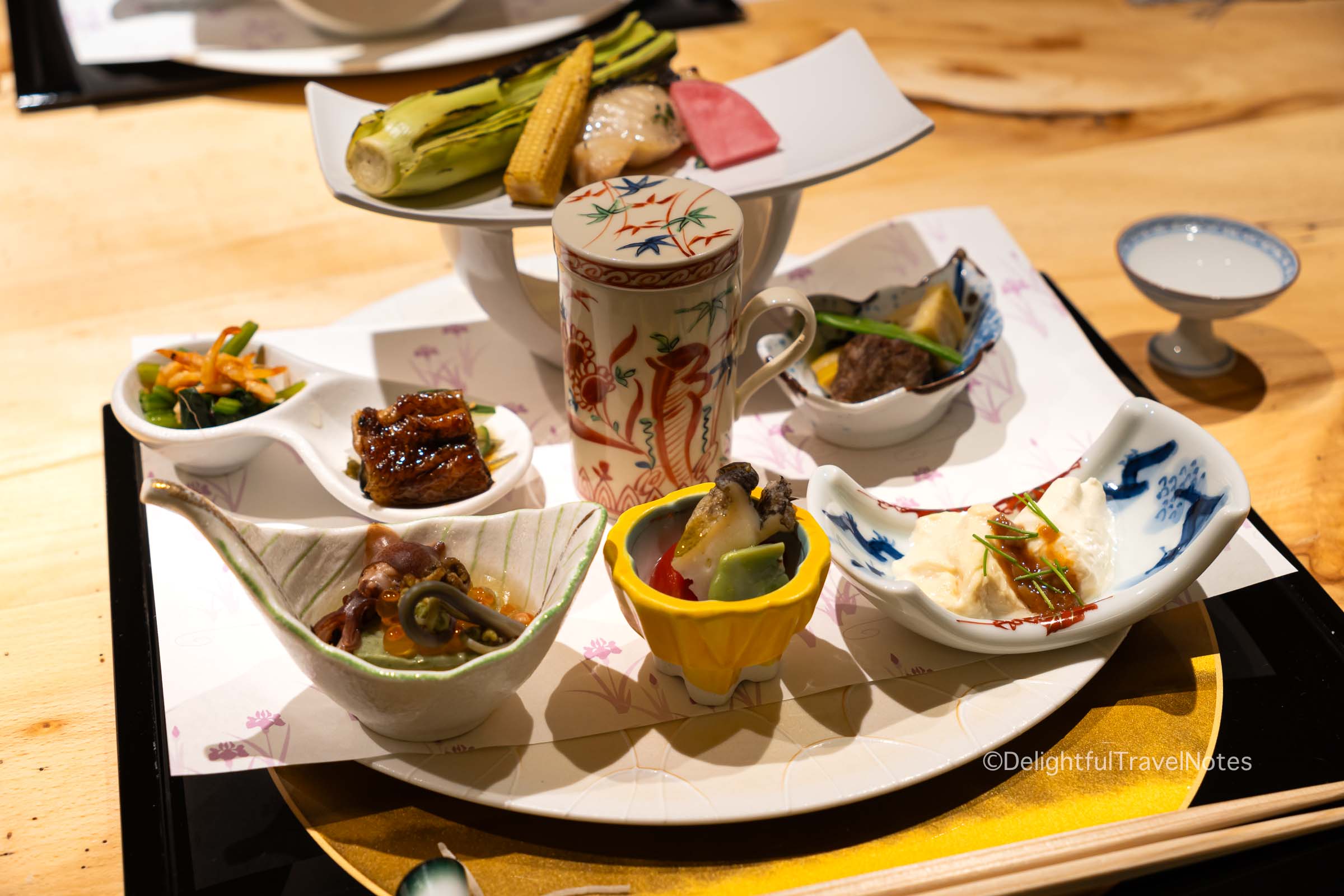
Ryokan can be found throughout Japan, from cities like Kyoto to scenic countryside. For me, a ryokan stay means relaxation or retreat in nature. I personally don’t think it’s worth staying in a ryokan in major cities, where we may spend a lot of time sightseeing and too little time in the ryokan to justify the prices.
I recommend staying at a ryokan in an onsen town, such as Hakone or Kinosaki (there are many onsen towns in Japan). If your budget allows, splurge on a room with a private outdoor onsen. You can take a look at my list of the best ryokan with private onsen in Hakone. I also discuss more things to consider when choosing a ryokan in that post. Here’s our experience staying at Madoka no Mori ryokan in Hakone.
Dining Experiences
I believe food is one of the direct gateways to understanding a culture. Splurging on dining allowed us to experience and appreciate the nuances of Japanese culture more.
The general standard of cooking is very high in Japan, and it is actually quite hard to have a bad meal there. There’s a wide range of dining options available at various price points, and you can find excellent food that doesn’t necessarily require splurging. However, Japan offers unique dining formats like omakase, kaiseki, and kappo, which are often on the expensive side. If you are a food lover, I recommend planning for at least one such meal when visiting Japan.
You don’t need to visit top-tier places with meals at the top of the price ranges (over 30,000-40,000 yen). Many of those places only take reservations from regular clients anyway. You can find plenty of solid restaurants with more affordable omakase or kaiseki meals (about 10,000-20,000 yen). We enjoyed our 12,000 yen sushi omakase at Otaru Masazushi Ginza in Tokyo or our 13,000 omakase at Sushi Issei in Kanazawa. The signature squid somen with uni sauce at Otaru Masazushi was very interesting and delicious (and I’m not even a fan of raw squid).

Lunch often has better value for money than dinner. For example, we paid 11,000 yen for our lunch at Hassun in Kyoto while dinner would have cost 22,000 yen.
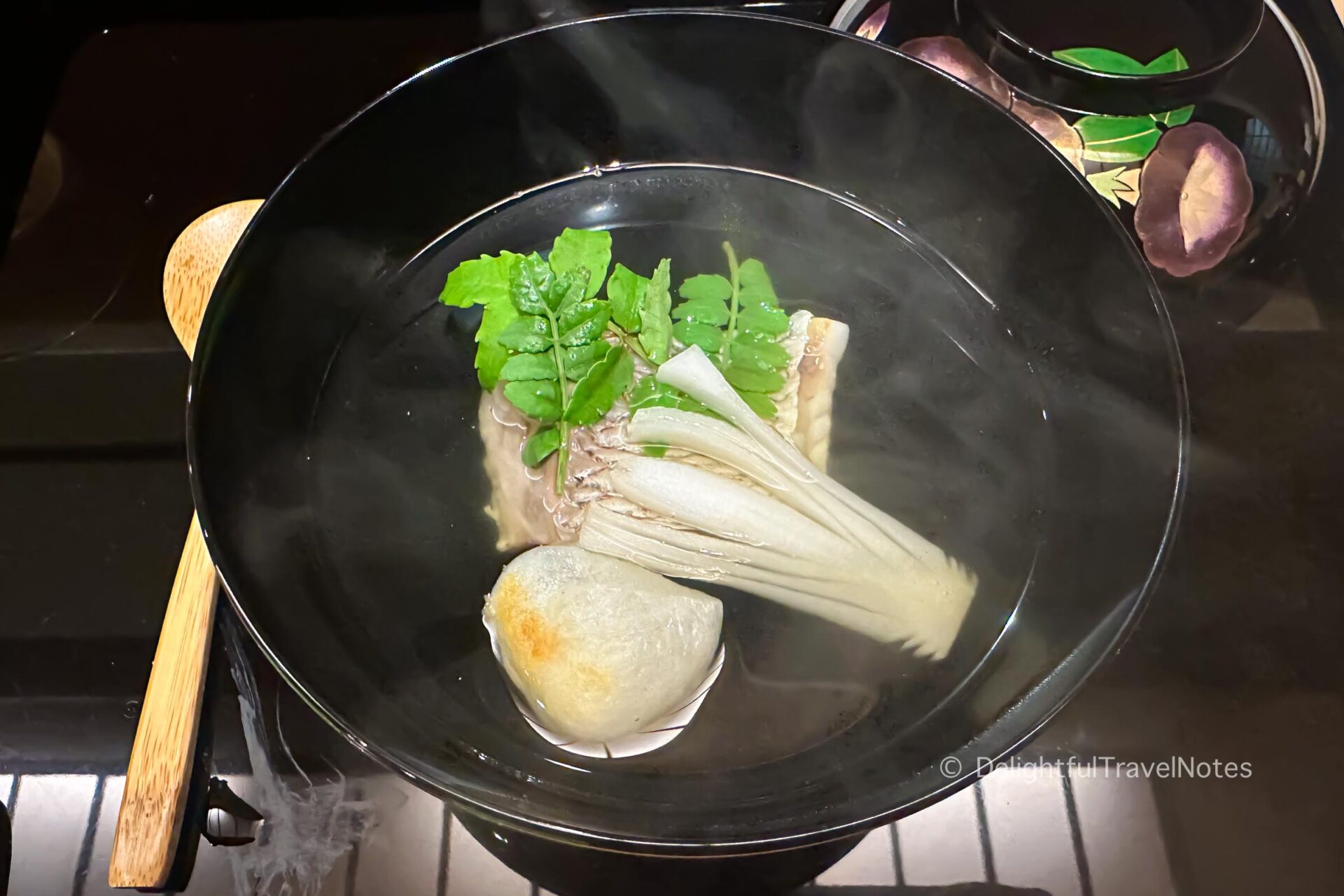
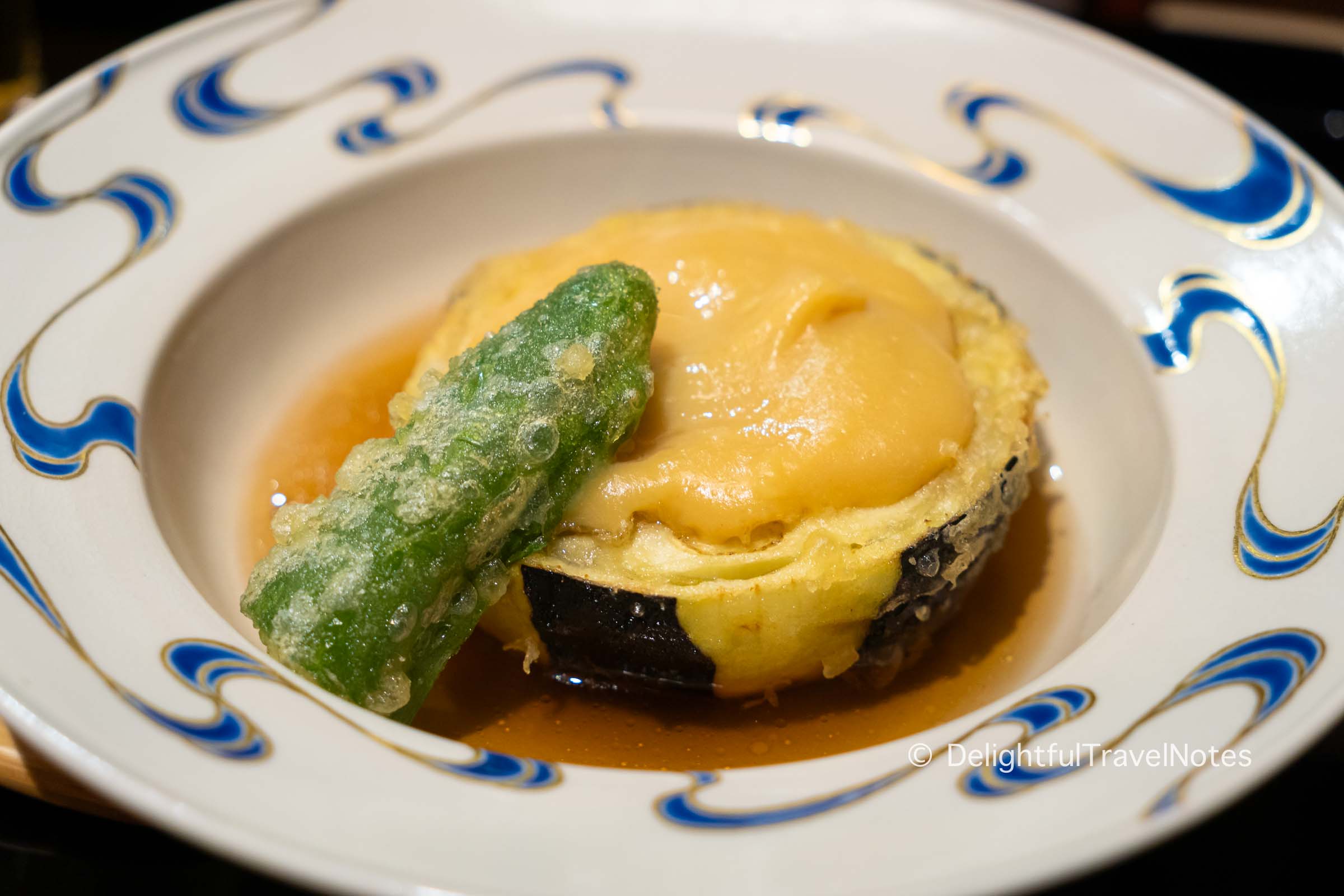
In addition, each region in Japan has its own local cuisine and specialties that reflect its history and culture. Some special local ingredients have premium prices that are worth paying. For example, in our opinion, it was totally worth it to try sukiyaki or shabu-shabu with high-quality Kyoto beef or Kobe beef when visiting Kansai region.

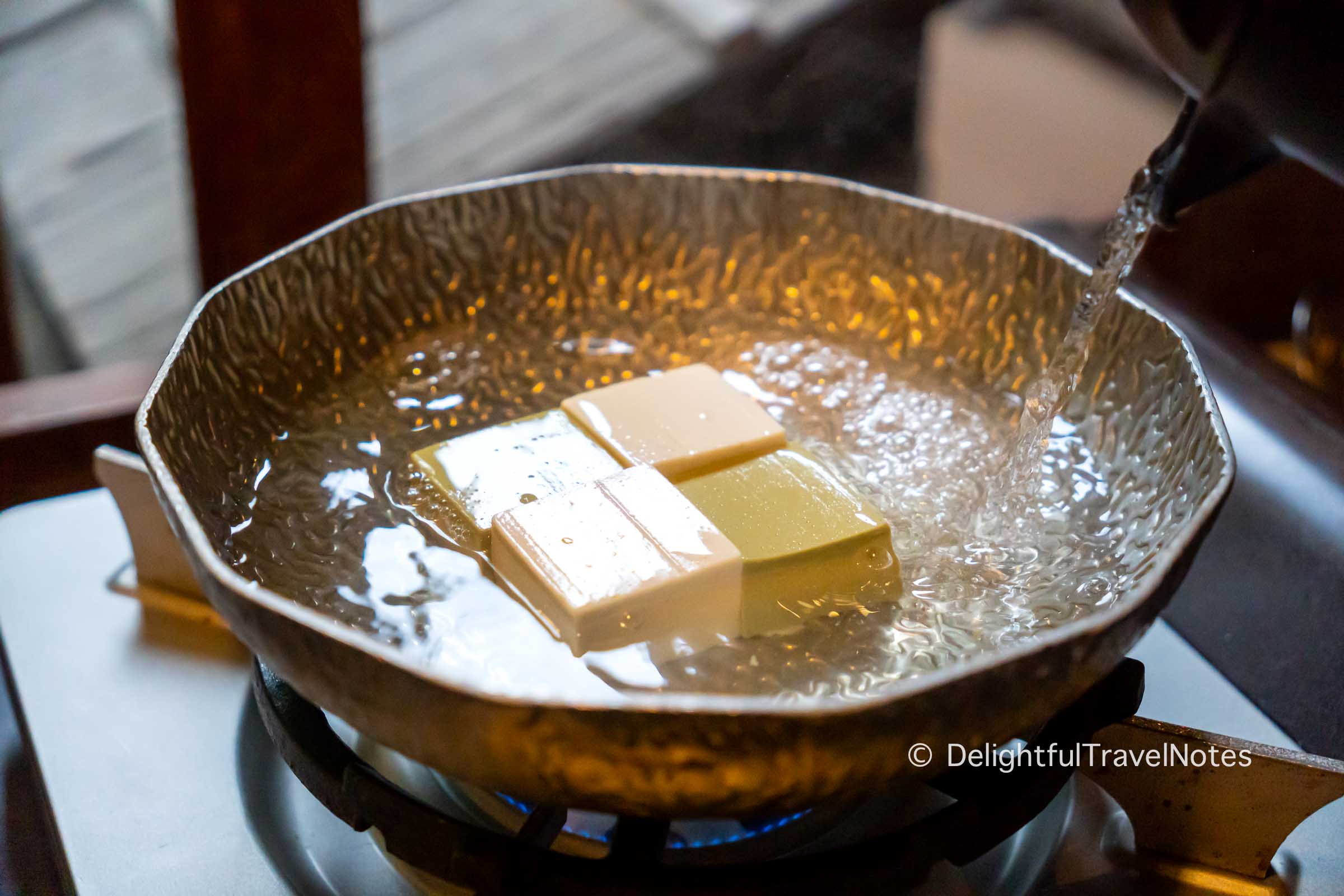
While traditional Japanese cuisine is a highlight, Japan’s fine dining scene is incredibly diverse. There are many high-end restaurants serving French, Italian, and other international cuisines. For our upcoming trips, we are going to explore more those establishments besides visiting Japanese restaurants. We got an impressive and memorable dinner at La Terrasse in Nara this year.
Guided Tours or Cultural Experiences
Guided tours and cultural experiences in Japan can greatly enhance your understanding and appreciation of Japanese rich heritage, and unique customs. Many will say you don’t need a guided tour in Japan as you can just wander around on foot easily and there are so many things to see and explore. I agree it’s not a must at all, but we find having a guide even just for half a day gives us the background needed to develop a deeper connection with the place. Don’t we all want to talk to a local to know more about local life when traveling?
We had a 4-hour guided walking tour in Gion last year and really enjoyed it. Our guide has a background in Buddhism, and he gave us insights into the differences between Shinto and Buddhism, how they coexist, and the nuances of Zen Buddhism and Pure Land Buddhism. He also explained the meaning of some symbols on Gion streets that we would not have noticed ourselves, such as the two in the photos below.
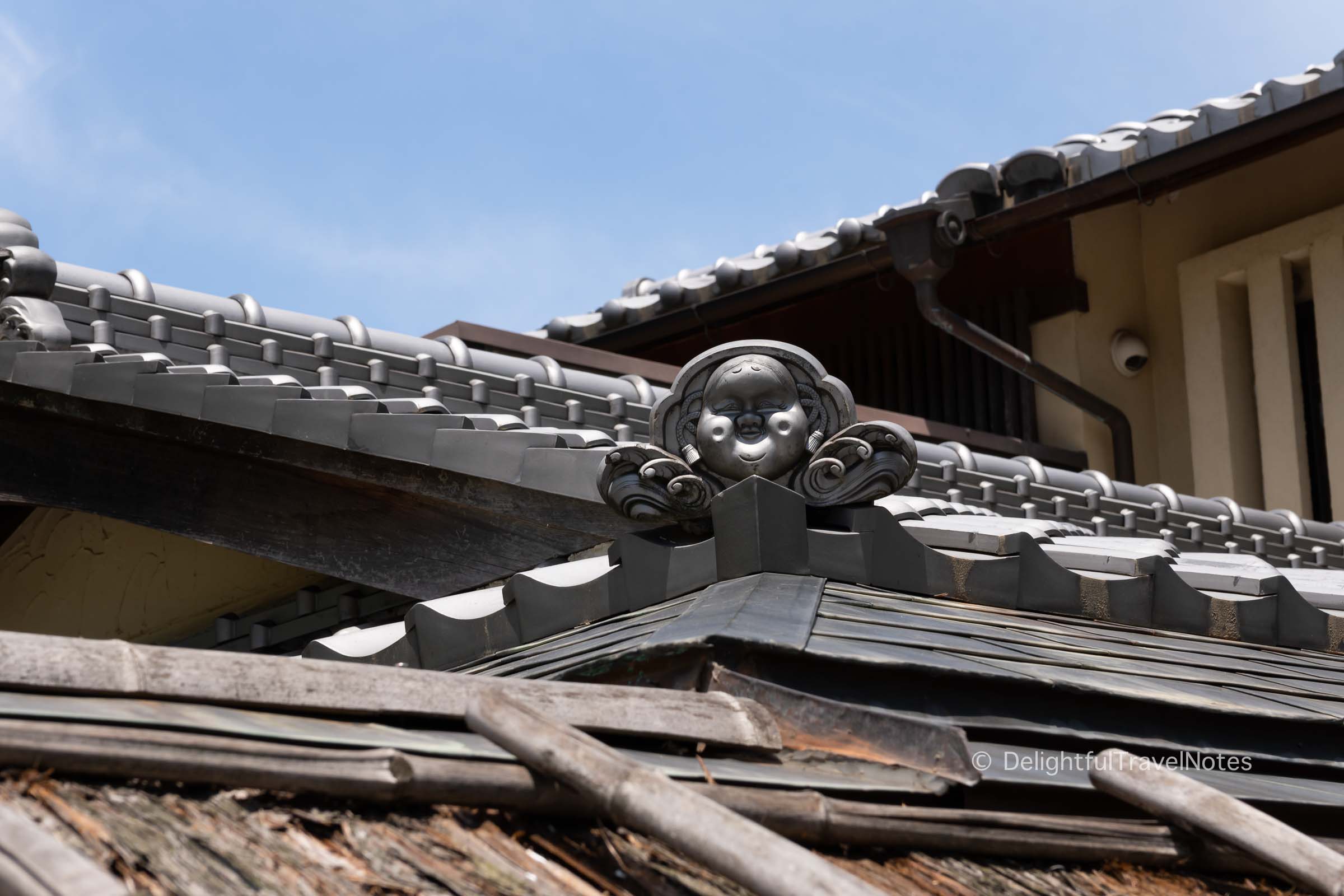
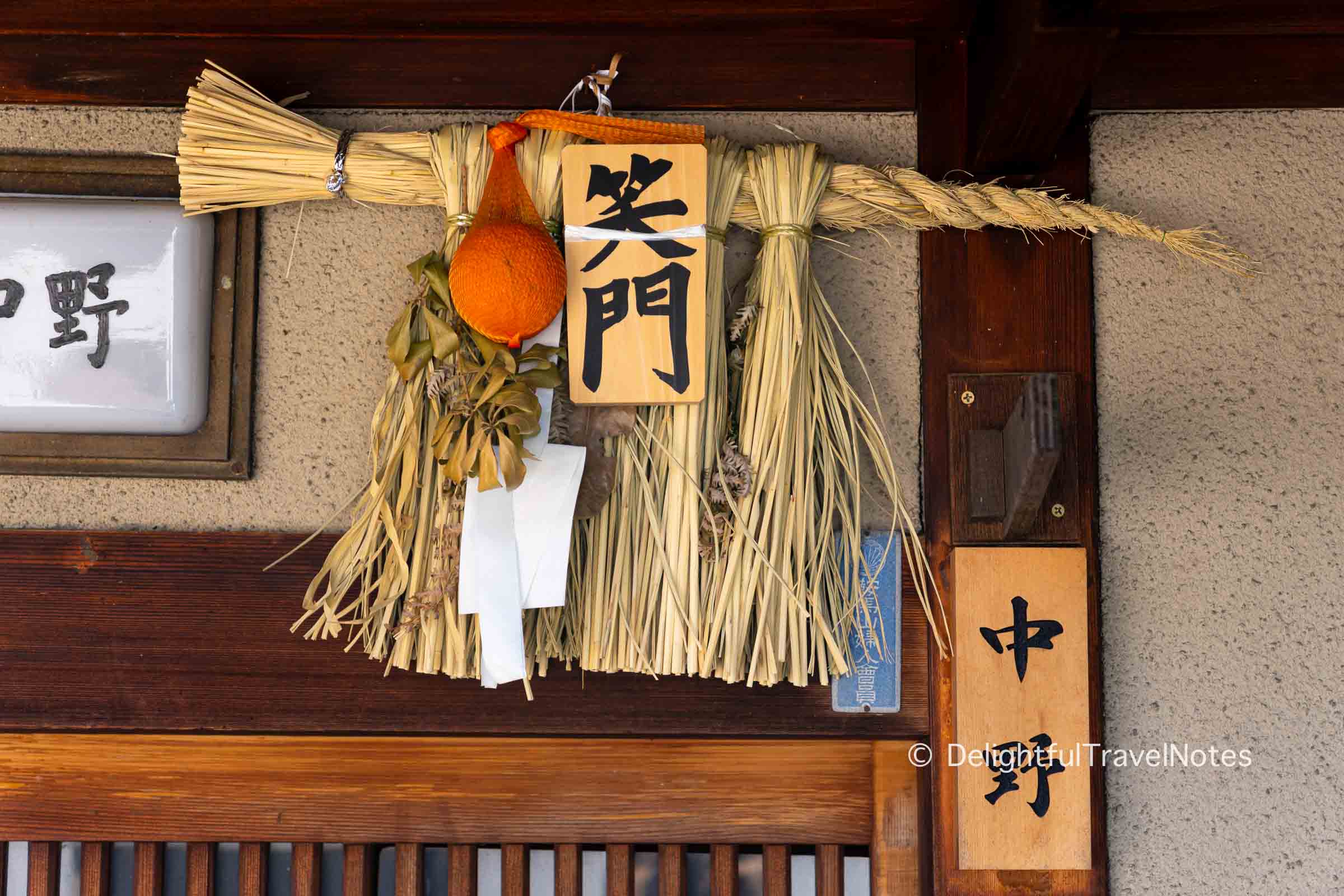
This year, we had a great time taking the Kyoto Zen garden tour with Andrew, an expat landscape designer living in Kyoto. He helped us understand more about elements of Japanese gardens, especially rock gardens, and appreciated their beauty even more.
We often search for private guided tours on Viator or Tours by locals. If a private tour is out of your budget, you can look into group walking tours. You can also consider free walking tours, such as this Kyoto Localized and Tokyo Localized. If you are going to visit Himeji Castle, we highly recommend looking into this free guided tour with a local volunteer.
Besides walking tours, you can find many paid cultural experiences in Japan based on your specific interests, such as tea ceremonies, tea farm tours, or meet a Geisha or Maiko. You should read the descriptions and reviews carefully to see if those experiences align with your preferences. We were not really happy with our tea ceremony session in Kyoto, which turned out to be very basic and catered toward Western tourists with little prior knowledge of matcha or tea ceremony.

High-quality Goods
Japan is known for high-quality craftsmanship and beautiful designs. One of the things that make tourists more than happy to spend in Japan is the availability of numerous products at various price points and the quality ranges from decent to excellent. We do like to splurge on one or a few high-quality goods or souvenirs.
There are many types of goods and products you can buy in Japan depending on your interests. For us, we like to collect beautiful quality ceramics and lacquerware. When we were in Kanazawa, I made it a goal to bring home some Kutani ware.
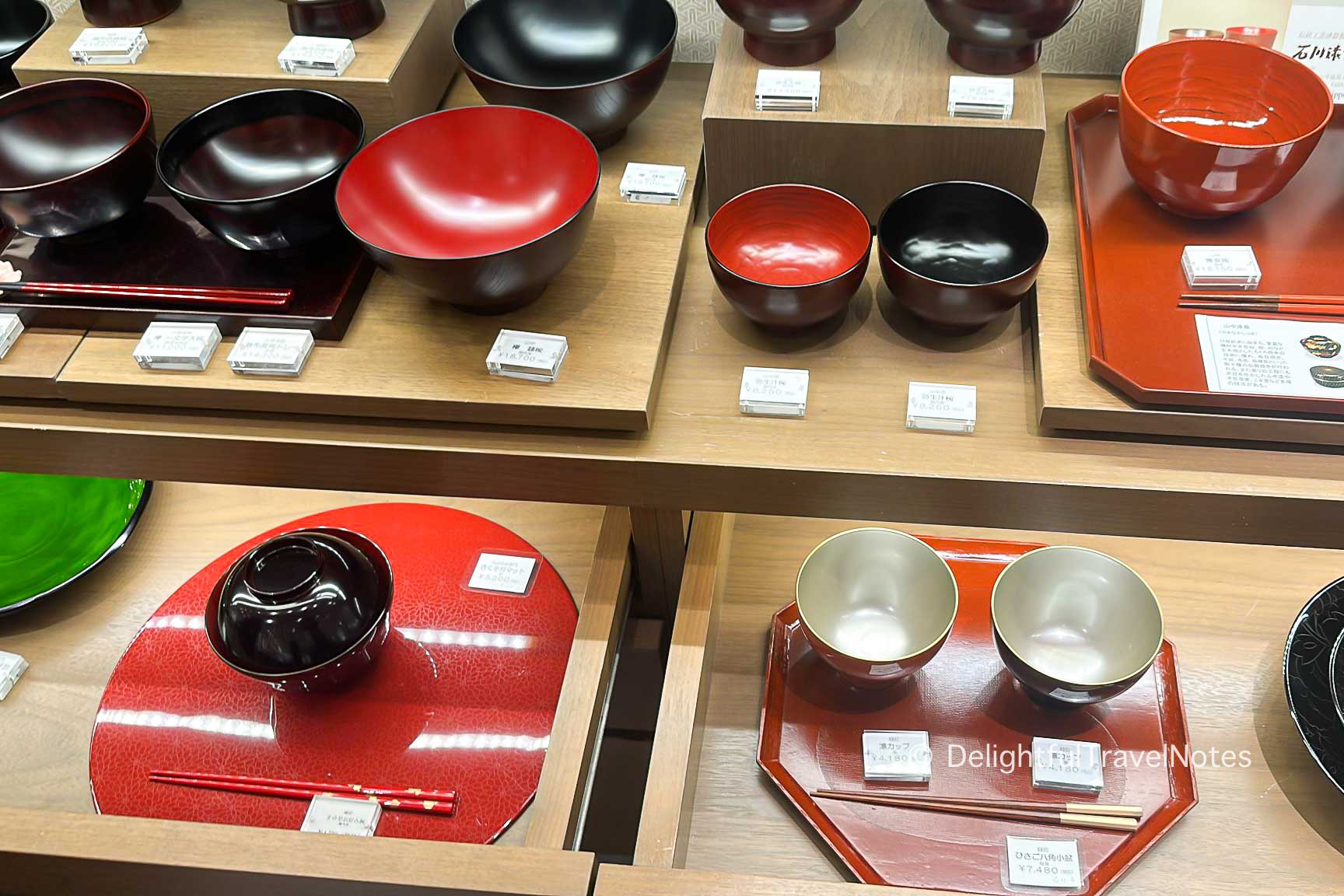
Several Taxi Trips
You certainly don’t need to take taxis frequently in Japan since some cities have excellent public transportation, such as Tokyo. However, a number of destinations, especially in rural areas, might not be well-served by public transportation. Even in Kyoto, accessing certain areas or attractions can be difficult or time-consuming if you rely solely on local buses and trains. Besides, using a taxi is sometimes the best way to reach off-the-beaten-path places, such as the northern part of Arashiyama.
Taking a short taxi trip in Japan is not that expensive, and it can sometimes save a lot of time. Here’s the way we see it. We’ve already spent a lot on flights and accommodations to enjoy our time in Japan. It makes sense to take a taxi if it means we can save half an hour to actually do things instead of waiting for or sitting in public transportation. In addition, you will walk a lot when visiting Japan and a taxi trip when needed can make your day less exhausting.
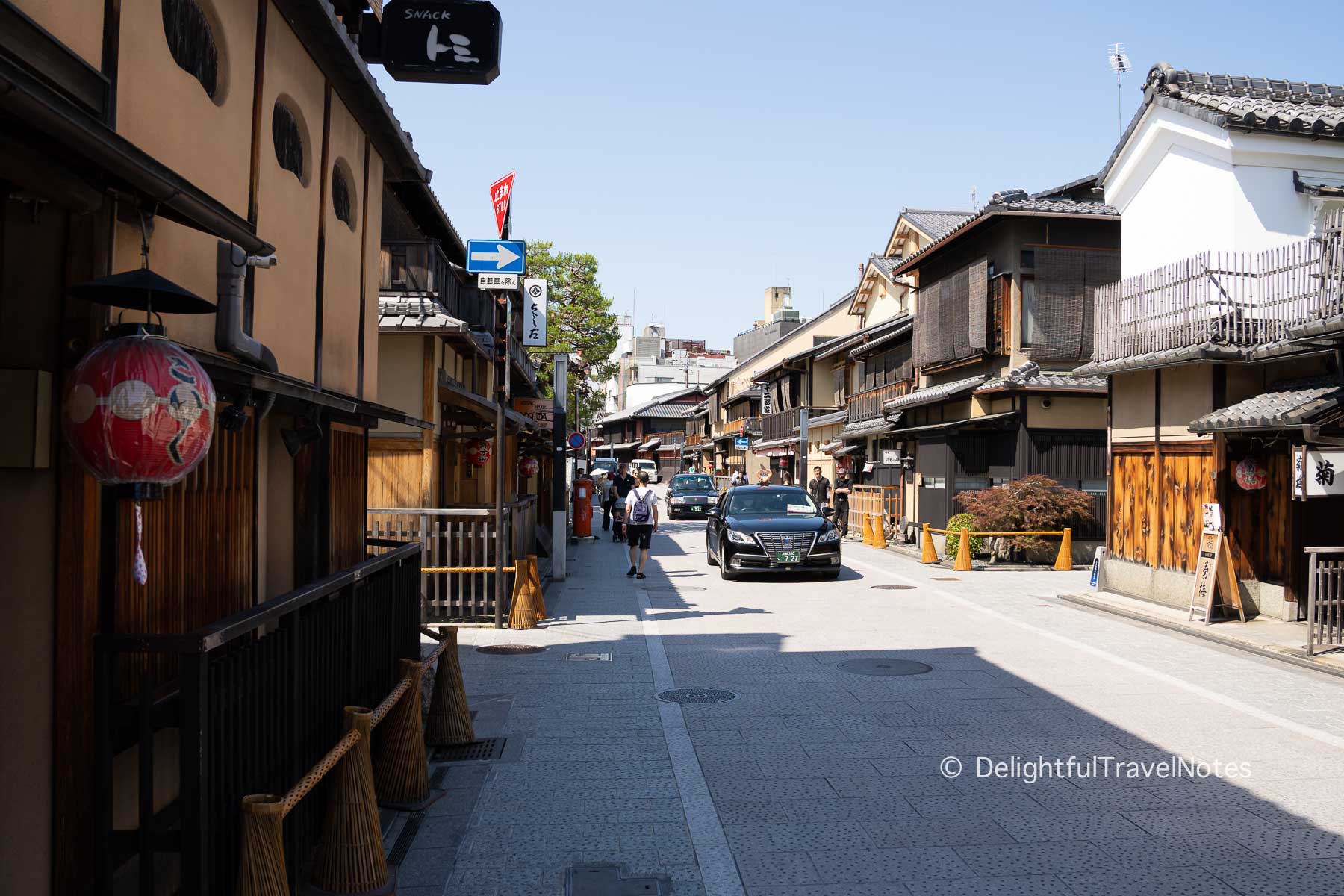
Taxis in Japan are very safe and clean. You can easily use Google Maps to communicate your destination to the drivers, as it can read the address in Japanese for them. From our experience, the Japan Travel App by Navitime provides pretty close estimates for taxi fares.
Final Thoughts
Here are a couple of additional things worth the money that don’t require a splurge:
- Luggage forwarding service: this is a highly convenient and efficient service that allows you to send their luggage from one location to another, such as from hotel to hotel or from a hotel to the airport. You can travel light and use public transportation more comfortably by utilizing this service.
- Fruits: well, Japanese fruits can actually be considered rather expensive. My Japanese acquaintance said it was because fruits often reflect regional specialties, and they want to aim for perfection in the size, sweetness, appearance, and shape through meticulous practices. Each season has a different variety of fruits available. She recommended Japanese peaches, watermelon, cherries, and Kyoho grapes. I also like strawberries, persimmons, and melons. The apples are just okay; I mean they aren’t too different or much better than apples in other countries I’ve tried.
When deciding what to splurge extra money on, consider what experiences are most meaningful to you or what you’re most curious about. Even just a few splurges here and there are enough to make your trip more special and unforgettable. Feel free to comment what else you think worth spending on when visiting Japan.
If you found this article helpful, please consider sharing it on Pinterest! Thank you so much!
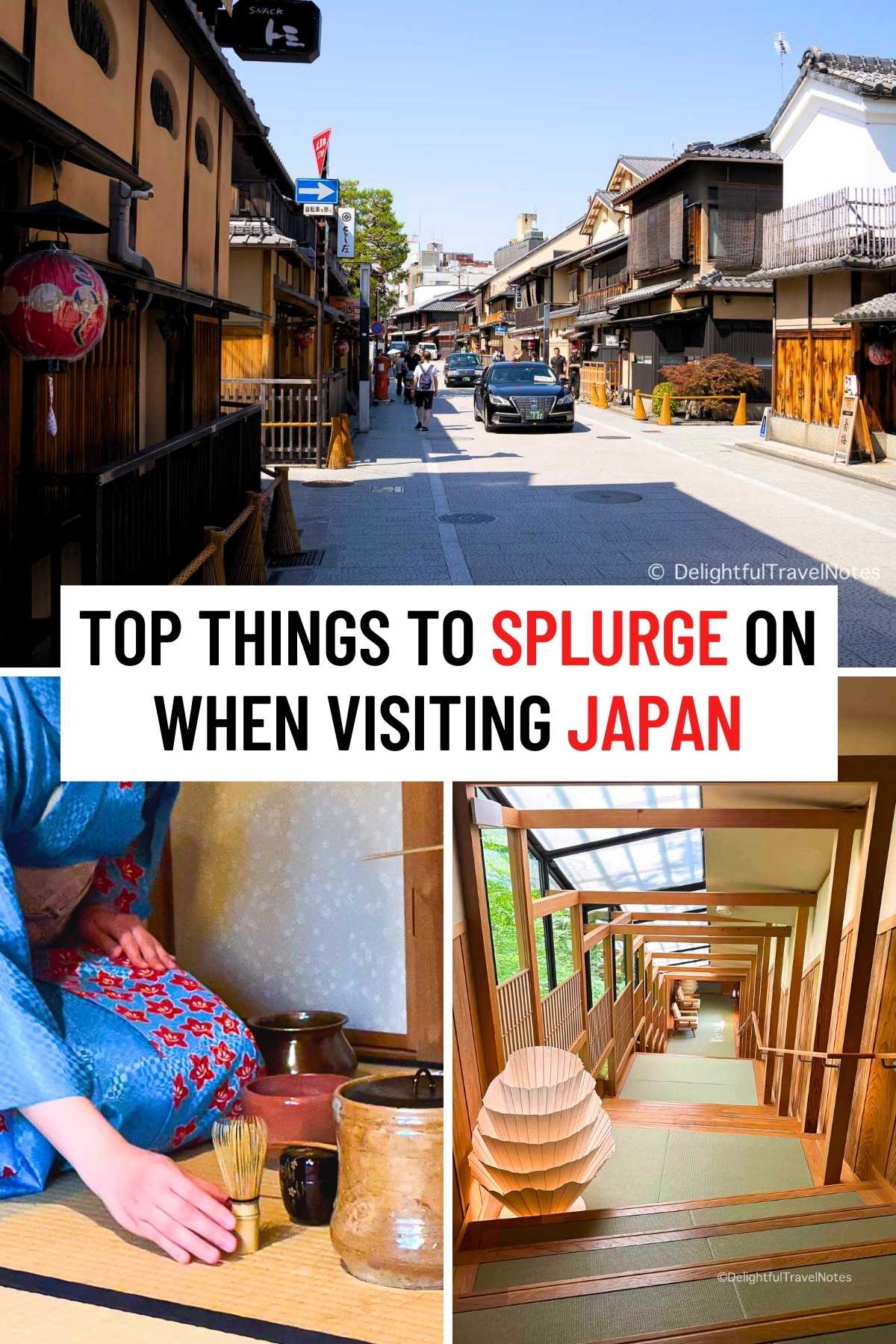


Explore More
The Thousand Kyoto Review: Wonderful Hotel Right Next To Kyoto Station
How To Plan An Amazing Trip to Kyoto (Beyond General Japan Travel Tips)
Top Crowded Attractions in Kyoto and How to Avoid the Masses
One Comment